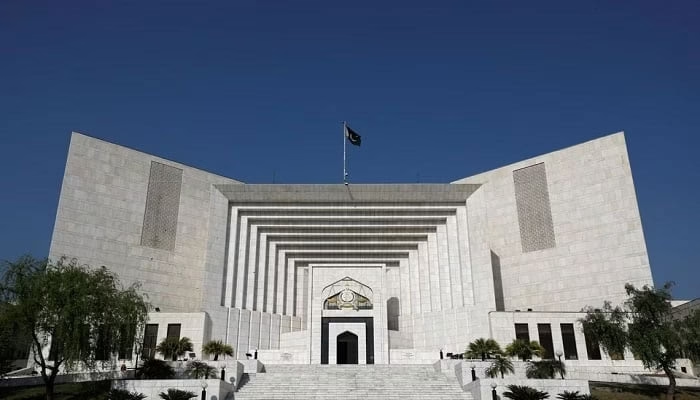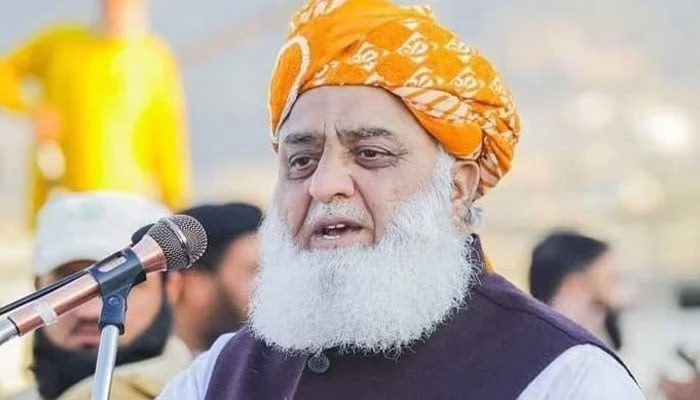The Supreme Court verdict on high court judges’ transfer has clarified an important constitutional matter regarding the president’s powers under Article 200. In its detailed ruling, the Constitutional Bench of the Supreme Court highlighted that while the president holds independent authority to transfer judges, such powers are not absolute and must operate within constitutional safeguards. This decision has sparked debate on the balance between executive authority and judicial independence in Pakistan.
Supreme Court Verdict on High Court Judges’ Transfer: The Background
The case originated when five judges of the Islamabad High Court (IHC) challenged the transfer and seniority issues tied to their appointments. Their petition sought clarity on whether the president could exercise transfer powers without clear justification in public interest. They argued that unchecked transfers could undermine the independence of the judiciary, which remains a cornerstone of Pakistan’s constitutional framework.
The Constitutional Bench, led by Justice Muhammad Ali Mazhar, examined these concerns in light of Article 200, which governs the transfer of judges between high courts.
Supreme Court Verdict on High Court Judges’ Transfer: Key Findings
The Supreme Court’s detailed 55-page verdict delivered on June 19, and released on September 25, offers crucial interpretations:
- The president has independent authority under Article 200 to transfer judges, but these powers are not “unfettered or unregulated.”
- No judge can be transferred without their consent and mandatory consultation with the chief justice of Pakistan and the chief justices of both high courts involved.
- The transfer of a judge cannot be treated as a fresh appointment, separating Article 200 from Article 175A, which governs judicial appointments through the Judicial Commission of Pakistan.
This clarification ensures that judicial transfers are executed with constitutional checks, preventing arbitrary decisions.
The Debate on Judicial Independence
The Supreme Court verdict on high court judges’ transfer has reignited discussions on judicial independence. Critics of unchecked presidential power argue that arbitrary transfers could be misused to pressure judges. The IHC judges had previously emphasized that transfers without manifest public interest threaten the separation of powers, a principle upheld by many legal experts.
On the other hand, the majority opinion of the bench maintains that constitutional safeguards are sufficient to prevent misuse. The ruling effectively balances executive authority with the judiciary’s independence, ensuring no overlap between the transfer process and the appointment mechanism.
Split Decision Within the Bench
The 3-2 majority verdict reflects the complexity of the issue. While Justices Mazhar, Hassan, and Panhwar dismissed the petitions, Justices Afghan and Ahmad supported the IHC judges’ plea, declaring the transfer notifications invalid. This split underscores how interpretations of judicial independence and executive authority can differ even within the highest court.
Supreme Court Verdict on High Court Judges’ Transfer and Its Implications
The verdict sets a significant precedent. By emphasizing that presidential powers under Article 200 are conditional, the ruling strengthens transparency in judicial transfers. Legal experts suggest this could limit the risk of political influence in the judiciary while safeguarding the separation of powers.
Furthermore, the judgment provides guidance for future cases, ensuring that both consent and consultation remain essential components of the transfer process. This interpretation aligns with global democratic practices where judicial independence is treated as non-negotiable.
Statistics on Judicial Caseloads and Transfers
Recent statistics highlight why the Supreme Court verdict on high court judges’ transfer is so critical. According to the Law and Justice Commission of Pakistan, over 2.26 million cases were pending in Pakistani courts as of 2024. High courts alone are burdened with nearly 450,000 cases. Efficient allocation and transfer of judges, while respecting constitutional safeguards, could play an important role in reducing this backlog.
However, judicial experts warn that any perception of political interference could weaken public trust in the judiciary. Hence, this verdict serves as a reminder that reforms must balance efficiency with independence.
The Supreme Court verdict on high court judges’ transfer under Article 200 has drawn a clear line between executive powers and judicial independence. By requiring both consent and consultation, the Court ensured that constitutional safeguards remain central to the process. While debates about the balance of power will continue, this decision reinforces Pakistan’s commitment to an independent judiciary, a vital pillar of democracy.



